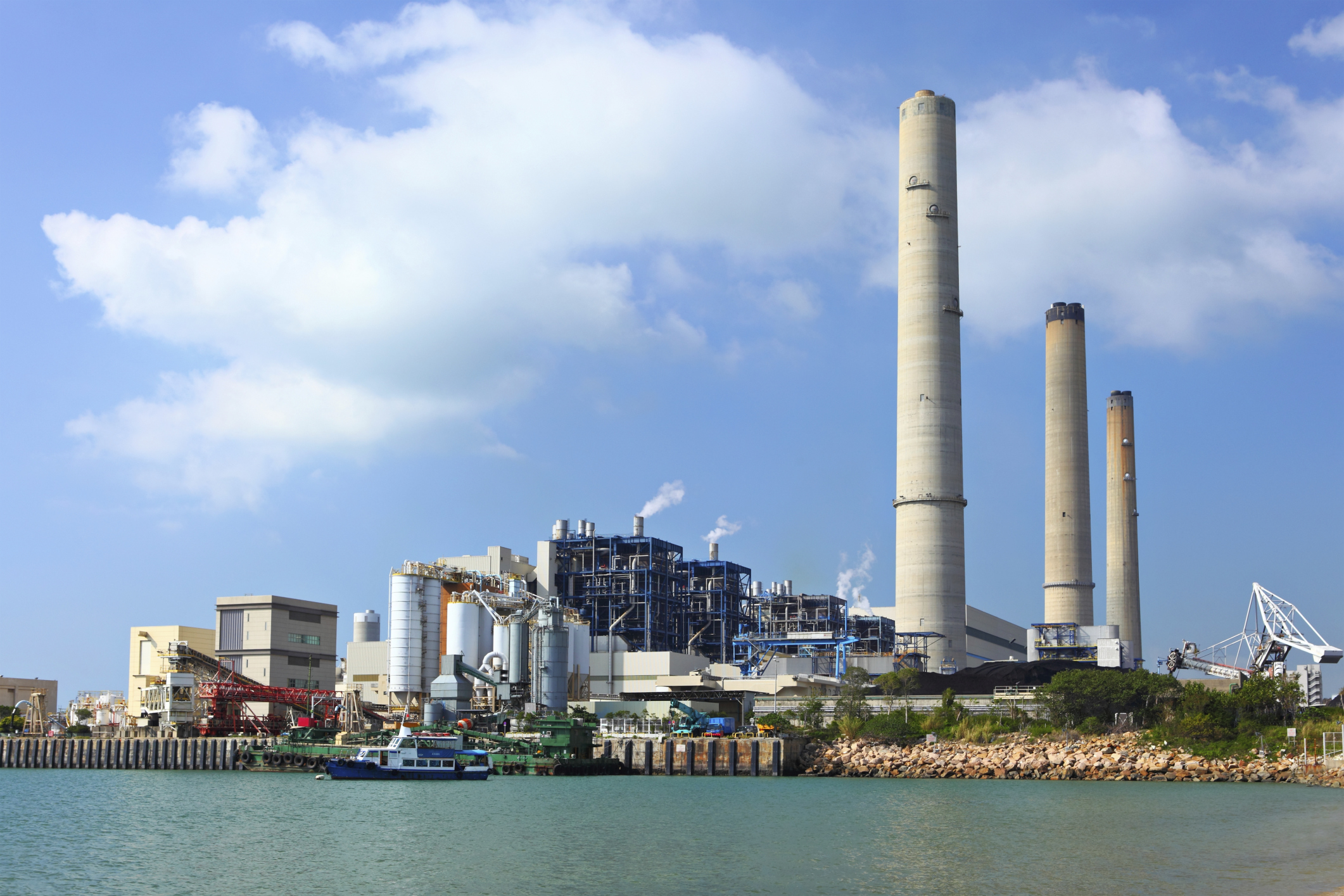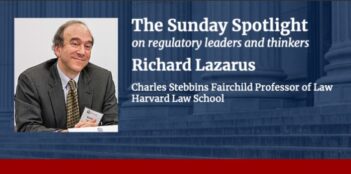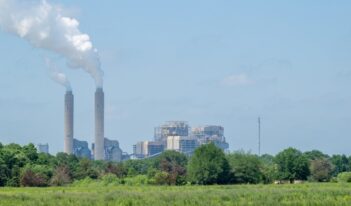
In letter to court, states claim that a tweet proves the EPA has made up its mind.
Not long after the U.S. Court of Appeals for the D.C. Circuit heard oral argument in a case challenging the U.S. Environmental Protection Agency’s (EPA) authority to regulate carbon emissions from electric utilities, fourteen states submitted new evidence purporting to show that, despite what the agency says, the EPA has made up its mind on its carbon rules.
Citing a tweet posted by EPA Administrator Gina McCarthy following oral arguments, as well as video she released online around the same time, attorneys for West Virginia said the “EPA has already determined conclusively that it has authority” to regulate carbon emissions under Section 111(d) of the Clean Air Act.
They offered the tweet and video as evidence supporting their claim that the court should entertain their challenge to the forthcoming power plant regulation. Ordinarily, challengers have to wait until after an agency has completed a full process and issued its final rule to seek judicial review. But here, West Virginia and thirteen other states are asking a federal court to review the legality of the EPA’s plan before it is formally made final. In their recent letter, West Virginia’s attorneys argued that Administrator McCarthy’s tweet and video demonstrate that the agency “is engaged in a ‘sham’ rulemaking.”
In response, the eleven states and the District of Columbia supporting the EPA in the lawsuit argued in their own supplemental letter that there is no legal basis for challenging a rule that has not been finalized. Allowing states or other parties to challenge rules before they are final, they contend, would require courts to “engage in a guessing game to divine the agency’s intended final action by reviewing assorted statements from agency officials and even social media posts.”
Administrator McCarthy’s tweet read, “We’re committed to reducing carbon pollution w/the #CleanPowerPlan.”
The case at issue, a challenge to the EPA’s proposal under Section 111(d) of the Clean Air Act, boils down to two legal questions: whether the petitioners have legal standing to challenge the proposed rule; and, if they do, whether the EPA has the legal authority to make the rule in the first place.
All of the supplemental letter-writing followed more than two hours of oral arguments before a three-judge panel delivered by seven different attorneys, including Professor Lawrence Tribe of Harvard Law School. The judges challenged both sides, seemingly persuaded that the EPA has likely made a final determination about its authority to regulate, but skeptical of whether that determination could be challenged before the EPA promulgates a final rule.
Judge Thomas B. Griffith opened arguments by asking West Virginia’s lawyer, “Do you know of any case in which we have halted a proposed rulemaking?” After pointing to the ordinary practice of waiting until a rule becomes final to initiate a challenge, Judge Griffith added, “Why in the world would we resort to an extraordinary writ, which we have never used before?”
In response, West Virginia’s lawyer, Solicitor General Elbert Lin, offered three reasons why this case is unique in the rulemaking context. First, Lin said, the EPA’s statements about its authority to regulate under Section 111(d) carry an air of finality not reflected in the agency’s other legal conclusions, such as “what is the best system of emissions reduction” or “whether the best system of emissions reduction will be applied state-wide.”
The second reason, according to Lin, stems from “the ongoing harms . . . being incurred by the states that cannot be adequately addressed” after the rule becomes final.
The final reason, Lin offered, is that power plants are already regulated under Section 112 of the Clean Air Act, and consequently “there is no rule of any kind that can be issued under 111(d) to regulate existing power plants.”
Lin’s final point alludes to the crux of the case’s merits: whether the Clean Air Act precludes “double-regulating” power plants under both Sections 111(d) and 112. The EPA already regulates coal- and oil-fired power plant emissions under Section 112, through its 2012 Mercury and Air Toxics Standards. Its proposed rule would regulate carbon emitted by those same power plants under Section 111(d).
The EPA contends that the Clean Air Act itself, with conflicting amendments, is at best ambiguous. And, as a result, that the law requires the courts to defer to the agency. EPA’s challengers counter that the statute is clear, and they dismiss EPA’s claim that conflicting amendments muddle Congress’ purpose of preventing double regulation.
But in order to reach the merits of the case, the petitioners must first show that they have standing to raise their concerns in a court of law. Ordinarily, getting a court to listen means waiting until an agency’s action is finalized to initiate a challenge. Yet the panel pressed the EPA on the fact that Administrator McCarthy has said on more than one occasion, including before Congress, that the EPA plans to proceed under 111(d).
Why, the judges wanted to know, should they not consider repeated, definitive statements by the EPA Administrator to be final actions subject to judicial review? Brian Lynk, an attorney for the EPA responded, “even if [Administrator McCarthy] had reached a point where her thinking on one issue presented in the context of this rule was resolved, that’s still not a rulemaking decision.”
Lynk said the agency’s goal of promulgating a final rule sometime in June is probably optimistic, but that a final rule is certain to come this summer. Whether the court will issue its ruling before the EPA finalizes its rule remains to be seen.



